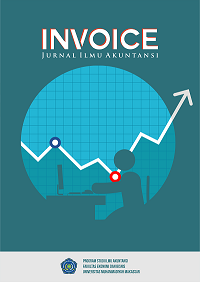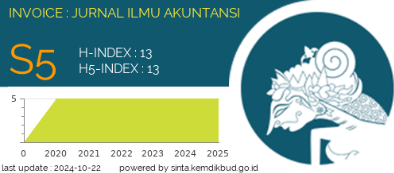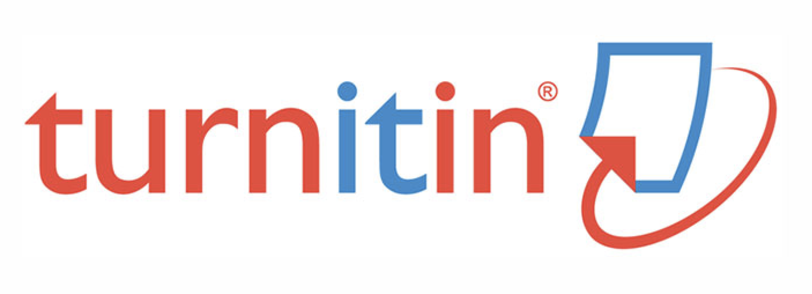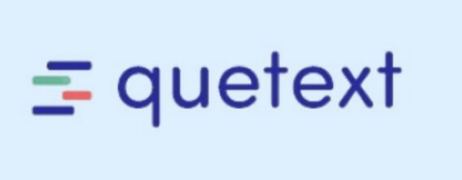PENGARUH DANA PIHAK KETIGA DAN RASIO KECUKUPAN MODAL TERHADAP PEMBIAYAAN MURABAHAH
DOI: https://doi.org/10.26618/inv.v3i1.4973
Abstract
This study aims to examine the effect of Third Party Funds and Capital Adequacy Ratio on Murabahah Financing in Indonesia from 2017-2019. This research method uses quantitative approach. The data used in this study comes from financial statements of sharia bank companies in Indonesia for the period of 2017-2019. Then, the data that has been obtained will be analyzed using multiple linear regression analysis and hypothesis testing consisting of the t test and f test with the help from SPSS 23 software. The sampling technique uses non probability sampling with purposive sampling technique. The results of statistical testing show that partially Third Party Funds has positive effect on Murabahah Financing and Capital Adequacy Ratio has positive effect on Murabahah Financing. Meanwhile, simultaneously Third Party Funds and Capital Adequacy Ratio has an effect on Murabahah Financing. Then, the coefficient of determination (R2) was 97,5%. This shows that Third Party Funds and Capital Adequacy Ratio variables can effect the Murabahah Financing by 97,5% and the remaining of 2,5% is influenced by other variables which are not used in this study.
Keywords: Third Party Funds, Capital Adequacy Ratio, Murabahah Financing
References
Books and Articles
Ascarya. (2007). *Akad dan produk bank syariah*. Jakarta: PT Raja Grafindo Persada.
Aziza, R. V. S., & Mulazid, A. S. (2017). Analisis pengaruh dana pihak ketiga, non performing financing, capital adequacy ratio, modal sendiri dan marjin keuntungan terhadap pembiayaan murabahah. *JEBI (Jurnal Ekonomi Dan Bisnis Islam), 2*(1), 1–15.
Dendawijaya, L. (2009). *Manajemen perbankan* (Edisi Revisi). Ciawi Bogor: Ghalia Indonesia.
Ismail. (2010). *Manajemen perbankan: Dari teori menuju aplikasi*. Jakarta: Kencana.
Kurniawan, R., & Yuniarto, B. (2016). *Analisis regresi dasar dan penerapannya dengan R*. Jakarta: PT Karisma Putra Utama.
Lindasari, I. N. (2017). Penerapan akad murabahah pada produk pembiayaan di KSPPS BMT Al-Hikmah Ungaran kantor cabang Gunungpati II. UIN Walisongo.
Maharani, S. D. (2010). Analisis pengaruh CAR, NPF, dan DPK terhadap penyaluran pembiayaan (Studi pada Bank Muamalat Indonesia periode 2001-2009). Skripsi, Program S1 Manajemen, Universitas Diponegoro, Semarang. Tidak dipublikasikan.
Marsuni, N. S., & Rismawati, R. (2018). Income and cost analysis of business activities development at the Business Development Center (P2B) State Islamic University of Makassar. *Jurnal Ekonomi Balance, 14*(1), 129-136.
Marsuni, N. S., & Ahmar, A. A. (2018). Analysis of income level of cocoa farmers in supporting regional development in Iwoimendaa District, Kolaka Regency, Southeast Sulawesi Province. *Jurnal Ekonomi Balance, 14*(2), 247-252.
Meilani, F., & Marsuni, N. S. (2019). Implementasi program corporate social responsibility (CSR) dan dampaknya terhadap kinerja keuangan PT. Buana Sanjaya di Papua Barat. *Jurnal Ilmu Manajemen Profitability, 3*(1), 36-53.
Marsuni, N. S. (2019). Pengaruh praktik Islamic corporate social responsibility (ICSR) terhadap kinerja keuangan pada bank umum syariah periode 2014-2018. Skripsi, Universitas Muhammadiyah Makassar, Makassar.
Akhmad, A., & Marsuni, N. S. (2019). Causality relationship of poverty, unemployment rate, and economic growth in South Sulawesi Province. *Jurnal Ekonomi Balance, 15*(2), 231-241.
Marsuni, N. S., Rohmatunnisa, I., Nirwani, N., Pontoh, G. T., & Mediaty, M. (2021). Analysis of accounting information systems (SIA) in preventing fraud. *SEIKO: Journal of Management & Business, 4*(2), 94-102.
Marsuni, N. S. (2021). Effective strategy in overcoming challenges in implementing carbon tax policy. *GoodWill Journal of Economics, Management, and Accounting, 1*(1), 24-29.
Marsuni, N. S., & Insirat, M. N. (2021). Analysis of the effects of carbon taxes on sustainable business operations. *GoodWill Journal of Economics, Management, and Accounting, 1*(2), 43-47.
Nofitasari, Y. (2017). Pengaruh likuiditas, rentabilitas, dan efisiensi operasional terhadap kecukupan modal PT. Bank Mega Syariah. IAIN Tulungagung.
Nurbaya, F., & Wahyudi, S. (2013). Analisis pengaruh CAR, ROA, FDR, dan dana pihak ketiga (DPK) terhadap pembiayaan murabahah periode Maret 2001-Desember 2009 (Studi kasus pada PT. Bank Muamalat Indonesia, Tbk.). Fakultas Ekonomika dan Bisnis.
Pratami, W. A. N., & Muharam, H. (2011). Analisis pengaruh dana pihak ketiga (DPK), capital adequacy ratio (CAR), non performing financing (NPF) dan return on asset (ROA) terhadap pembiayaan pada perbankan syariah (Studi kasus pada Bank Muamalat Indonesia periode 2001-2011). Universitas Diponegoro.
Rochaety, E., Tresnati, R., & Latief, A. M. (2019). *Metodologi penelitian bisnis dengan aplikasi SPSS*. Jakarta: Mitra Wacana Media.
Sari, W. (2017). Pengaruh dana pihak ketiga, non performing financing, capital adequacy ratio, dan return on asset terhadap pembiayaan murabahah pada perbankan syariah di Indonesia. Universitas Negeri Yogyakarta.
Soemitra, A. (2017). *Bank & lembaga keuangan syariah*. Prenada Media.
Wahyuni, S. (2020). *Perbankan syariah: Pendekatan penilaian kinerja*. Penerbit Qiara Media.
Downloads
Published
Issue
Section
License
Authors who publish with Invoice: Jurnal Ilmu Akuntansi agree to the following terms:
-
Copyright Ownership
The copyright of all articles published in this journal remains with the author(s). However, the authors grant Invoice: Jurnal Ilmu Akuntansi the right of first publication with the work simultaneously licensed under a Creative Commons Attribution 4.0 International License (CC BY 4.0). This license allows others to share, copy, redistribute, adapt, and build upon the work for any purpose, even commercially, as long as proper credit is given to the original author(s) and the source. -
Licensing and Access
Invoice: Jurnal Ilmu Akuntansi provides immediate open access to its content on the principle that making research freely available to the public supports a greater global exchange of knowledge. All published materials are available freely without subscription or payment and can be accessed, downloaded, and reused by any user provided that appropriate attribution is given. -
Permission for Reuse
For uses not covered by the CC BY 4.0 license, such as commercial reprints, translations, or any form of adaptation without clear attribution, users must obtain written permission from the editorial team. Requests for such permissions can be directed to the editorial office at: [invoice@unismuh.ac.id]. -
Plagiarism and Originality
Authors are responsible for the originality of their submissions. All articles are screened for plagiarism using appropriate tools before acceptance. Manuscripts found to contain unoriginal content or infringing materials will be rejected or retracted as per journal policy.














